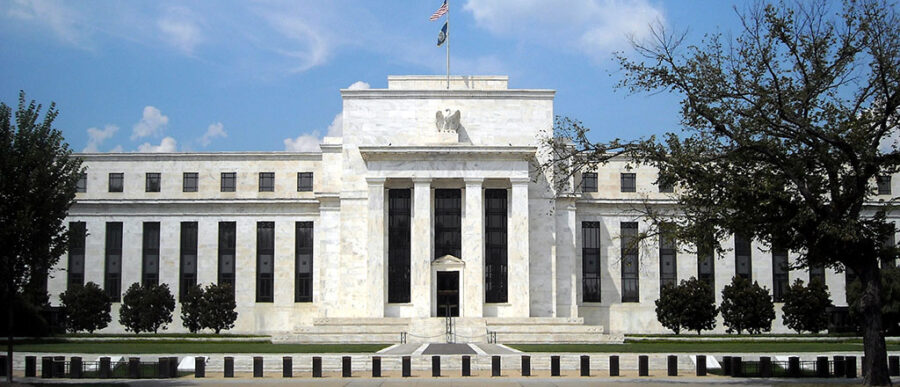Peter Conti-Brown, a professor of legal studies and business ethics at Wharton, has a perspective that isn’t always found in academic research. As a financial historian, he is keenly interested in how economic institutions evolve and the forces that help them take shape. As a lawyer, Conti-Brown also wants to know the bottom line. He combines this multidisciplinary approach in the forthcoming book, The Power and Independence of the Federal Reserve.
Conti-Brown’s recent research takes him to the intersection of law, finance, history and politics to paint a more accurate picture of one of America’s most venerable institutions. For policy makers and business leaders, the research offers a rich body of knowledge to help inform decision-making, he says.
An edited transcript of the conversation appears below.
‘A Rich Place to Be’
I look at the intersection of law, finance, history and politics. It’s a lot of things to intersect, but the intersection is really a rich place to be. In practical terms, I’m looking at the institutions of banking and central banking, the way that they overlap between government and markets, and how they evolved through history.
“The Federal Reserve is an institution that has been built by people. These people have desires, they have interests, they have histories and they work sometimes strategically with a long-term vision of what the Fed should be and what it should become.”
An Institution Built by People
My primary research subject is the Federal Reserve, and the key takeaway is that the Federal Reserve is an institution that has been built by people. These people have desires, they have interests, they have histories and they work sometimes strategically with a long-term vision of what the Fed should be and what it should become. And, sometimes, they are subject to the winds of history and accident. As a legal scholar and a financial historian, it’s my job to look at how these subjects in history built institutions that changed over time and what tools they used. Those tools include the law but also force of personality, norms, traditions, politics and other things like that.
It’s a bit unusual to come at these questions from the backgrounds I’m coming at them from. I’m both a financial historian and a lawyer, and lawyers are very interested in the practical and policy implications of their research. Historians aren’t always. In fact, sometimes historians pride themselves in saying, “I am disconnected from the present; I’m very interested in the past.” What I do is take the past, what we know about these institutions and where they’ve come from, and then ask questions about the present. The Federal Reserve and its policies are some of the most debated and contentious issues that we see today. It wasn’t always so. To understand this contentious climate, we’ve got to understand just exactly what the Fed is, who within the Fed pulls the levers of power, how do they pull those little levers of power and to what end? Again, this intersection of history and finance and politics and law gives us some of the answers you just simply wouldn’t get by looking at these questions just from one lens.
Central Banking and the Cold War
“What I do is take the past, what we know about these institutions and where they’ve come from, and then ask questions about the present.”
I’m writing a book right now that looks at one of the key decades in the development of central banking the world over, which is the 1950s. This is a decade that’s often overlooked when you look at the history of central banking. A key part of that decade, what was happening in the United States during the Eisenhower and Truman administrations, was balancing national policy against the threat of international Communism. My work on this project is to link our interests in financial security and monetary stability, which happens inside the Federal Reserve, with national and international security.
In other words, central banking in the shadow of the Cold War are two areas that have a lot to say to each other. There is simply no question of national security in the United States today that doesn’t have a financial component attached to it. So, my project is taking again that same intersection of law, history, finance and politics and seeing how we can put this question of financial security and national security in dialogue with each other.



